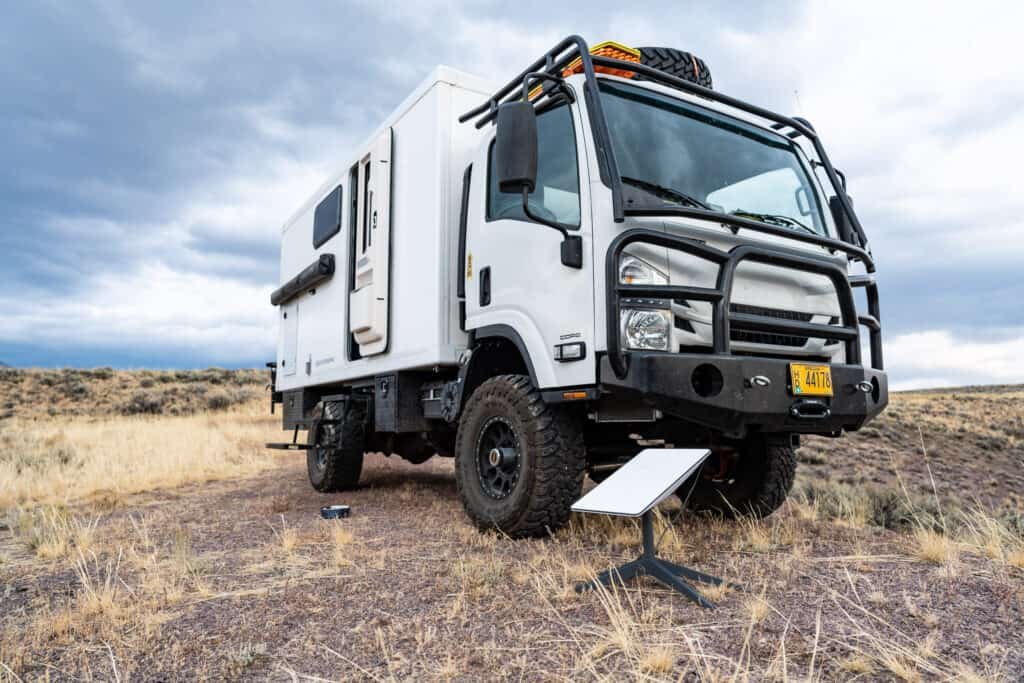Bringing together the excitement of windsurfing and the quickness of kiteboarding, wing foiling is a thrilling water activity. Its popularity has skyrocketed in recent years, drawing swimmers and surfers of all skill levels. In this in-depth guide, we’ll learn the basics of wing foiling, including how to read the wind and how to ride a foil board.
Introduction to Wing Foiling
As with its cousins, wing surfing and wing boarding, wing foiling is an exciting water sport that entails utilizing a portable wing to ride the wind on a foil board. You have a dynamic and exciting time on the water with this hybrid of windsurfing, kiteboarding, and paddleboarding.
Understanding the Wind Range
Knowing the typical wind speeds and directions is crucial for successful wing foiling. The wind range denotes the range of wind speeds and directions when wing foiling is possible. It includes the minimum and maximum wind speeds that are acceptable for this endeavor.
Picking the proper wing size and adjusting your gear to the wind range will greatly improve your experience and performance during wing foiling. When the wind is strong, smaller wings are more efficient, but when the wind is mild, larger wings are more effective.
Choosing the Right Equipment
Choosing the right gear is essential for having a positive foiling experience. The wing, foil board and foil are the primary parts. A wing is a portable sail used to harness wind, and a foil board is a specialized board fitted with a hydrofoil.
Think about your foiling experience, body mass, and expected wind conditions while making your wing selection. Different sizes and shapes of foil boards cater to riders of varying experience and skill levels. Choose a foil board based on your skill level and personal preferences.
Getting Started with Wing Foiling
You should get some lessons and learn the fundamentals of wing foiling before you try it for the first time. First, you must master the basics of using the wing, staying stable on the foil board, and steering in the desired direction. Building a solid foiling foundation requires regular practice of these fundamental abilities in relatively calm conditions.
Mastering the Basic Techniques
When you have mastered the basics, you can move on to more complex methods. This includes mastering the fundamentals of flight, such as tacking and jibing, and learning to generate power in the wing through controlled rotations. Your performance and self-assurance on the water will improve with consistent practice and refinement of these abilities.
Progressing to Advanced Manoeuvres
As your foiling skills improve, you’ll be able to try increasingly complicated moves and tricks. The ability to master foiling transitions, ride waves, jump, and do freestyle tricks may all be required. Taking risks and discovering uncharted territory are great ways to keep the sport fresh and entertaining.
Exploring Different Wind Conditions
The versatility of wing foiling allows its riders to enjoy the sport in a wide range of wind strengths. Every type of wind has its own set of difficulties and possibilities. You can get the most out of wind foiling in a wide variety of settings by tailoring your technique and gear to the prevailing wind conditions.
Essential Safety Tips
While there’s no denying the thrill of wing foiling, safety must always come first. Put on a PFD (personal flotation device), wear a helmet, and stay aware of your surroundings at all times. Before setting out, make sure you know the rules in your area and the forecast. Safety awareness and preparedness can be boosted by studying self-rescue techniques and practicing them in safe settings.
Maintenance and Care for Your Gear
Proper maintenance of your wing foiling gear is essential to ensuring its long life and peak performance. Remove salt and sand from your equipment by rinsing it in clean water after each use. Look for damage or wear on your wing, foil, and board regularly. Your equipment will be better protected and last longer if you transport and store it properly.
Overcoming Challenges and Common Mistakes
Like any other activity, wing foiling has its unique difficulties and pitfalls to watch out for. Some novices may have trouble staying upright on the foil, while others may have trouble keeping balance or manipulating the wing. Stick with it, get advice from more seasoned wing foilers, and most importantly, learn from your failures. You’ll get better at wing foiling over time and be able to push over these initial difficulties.
Conclusion
As an exciting water activity, wing foiling mixes the thrill of flying on a foil board with the power of the wind. You can go on a thrilling wing-flying journey if you know how to read the wind and pack appropriately. Whether you’re just starting or have years of experience under your belt, mastery of this exciting activity is only a matter of time and a willingness to try new things.









